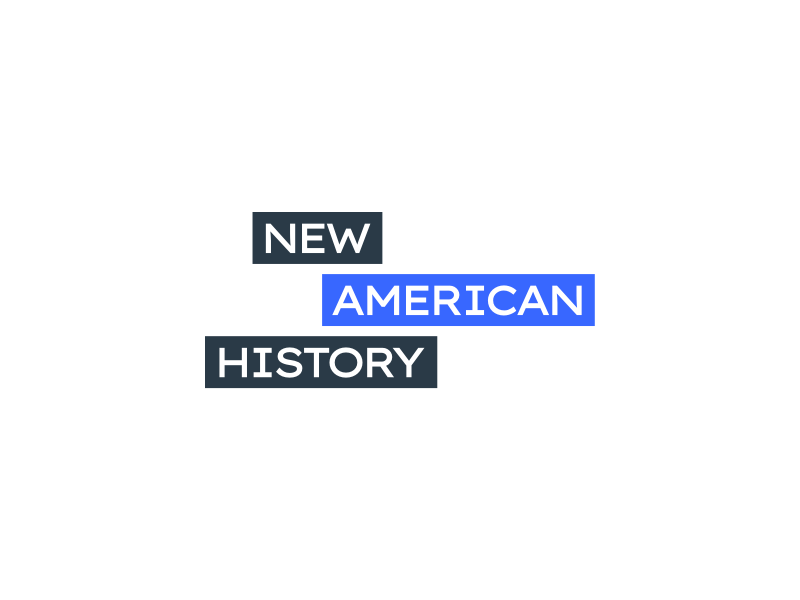The curated resources linked below are an initial sample of the resources coming from a collaborative and rigorous review process with the EAD Content Curation Task Force.
 Reset All
Reset All
Students will learn about Dr. Halle Tanner Dillon Johnson through viewing primary sources and participating in reading and visual arts activities while working collaboratively. Students will be required to showcase their learning through a pictorial representation of Dr. Halle Tanner Dillon Johnson.

The Roadmap




Alabama Department of Archives and History

The physical landscape shapes the food people eat, the homes they build, the way they move around and the environment they live in. Students will investigate environmental history, which involves understanding relationships — and sometimes trade-offs — people make with the landscapes around them. Students also will use the perspectives of a historian, economist, geographer and political scientist to analyze images and documents.

The Roadmap



State Historical Society of Iowa


In the seventh lesson of this unit, students learn about leaders whose actions had a significant societal impact, the activists. Students will first learn about Elizabeth Stanton and her role in the suffragettes movement; and then asked to consider a current issue, the four day school week, by considering all perspectives in making their decision.

The Roadmap















National Constitution Center


This inquiry-based learning resource includes visualizations and data resources for students to track their own district’s legislative history and to explore regional and national patterns including roll call votes in order to see the transformation of party systems and their ideologies, to track the careers of individual legislators, and to observe the expansion of Congress.

The Roadmap




New American History

A study of George Washington Carver and his uses of many different plants, while also recognizing him as an historical figure who worked for the common good.

The Roadmap



Alabama Department of Archives and History

In this unit, students are encouraged to think about the world beyond their classroom, especially in the context of going to school. This inquiry will help students discover how schools have evolved and changed, and it will encourage students to examine their own cultural practices with those within their community and around the world.

The Roadmap




State Historical Society of Iowa





